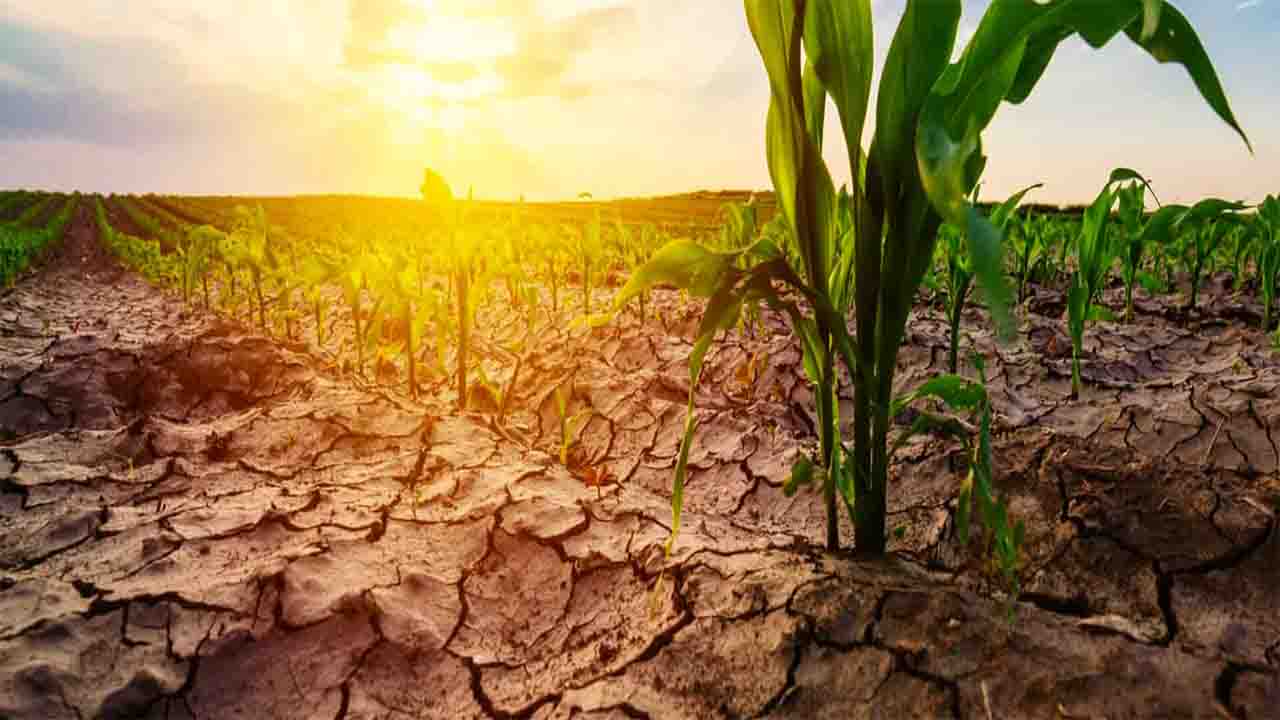Agriculture is intricately linked to climate and weather patterns. However, with the increasing impacts of climate change, the agricultural sector faces significant challenges. Rising temperatures, changing precipitation patterns, extreme weather events, and shifting pest and disease dynamics all pose risks to food production. In this article, we will delve into the complex relationship between agriculture and climate change and explore the strategies and innovations necessary to adapt to a warmer world.
1. Climate Change and Agricultural Impacts:
1.1 Rising Temperatures: Increasing temperatures have a direct impact on crop yields and livestock productivity. Heat stress reduces photosynthesis and affects flowering pollination, and fruit development. It also amplifies water stress, leading to reduced yields.
1.2 Changing Precipitation Patterns: Alterations in rainfall patterns, including droughts and floods, can cause water scarcity or excess, both of which harm agricultural production. Droughts reduce crop productivity and lead to increased irrigation demands, while intense rainfall events can erode soil and cause waterlogging.
1.3 Extreme Weather Events: Climate change intensifies extreme weather events such as hurricanes, cyclones, and storms. These events damage crops, infrastructure, and agricultural landscapes, leading to yield losses and economic hardships for farmers.
1.4 Shifting Pest and Disease Dynamics: Climate change alters the geographical distribution and life cycles of pests and diseases. Increased pest populations and emerging diseases pose new challenges for crop protection, requiring innovative strategies to safeguard agricultural productivity.
2. Adaptation Strategies for Agriculture:
2.1 Crop Diversification: Promoting diversification can enhance resilience in agricultural systems. Growing a variety of crops helps spread risks associated with changing climate conditions and pests. Additionally, diversification can lead to improved soil health, reduced erosion, and better nutrient management.
2.2 Water Management: Efficient water management practices are crucial in the face of changing precipitation patterns. The adoption of irrigation technologies, such as drip irrigation and precision agriculture, helps optimize water usage and reduce water stress on crops.
2.3 Soil Conservation: Implementing soil conservation practices, such as conservation tillage, cover cropping, and agroforestry, can enhance soil health, reduce erosion, and improve water retention capacity. These practices also sequester carbon, mitigating climate change impacts.
2.4 Agroforestry and Silvopastoral Systems: Integrating trees and woody vegetation within agricultural landscapes can provide multiple benefits. Agroforestry and silvopastoral systems enhance biodiversity, improve water infiltration, provide shade, and diversify income sources for farmers.
2.5 Climate-Smart Technologies: Embracing climate-smart technologies, such as precision agriculture, remote sensing, and digital platforms, can enhance agricultural productivity while minimizing environmental impacts. These technologies enable real-time monitoring of crops, efficient use of resources, and data-driven decision-making.
3. Policy and Support Mechanisms:
3.1 Climate-Resilient Infrastructure: Governments and policymakers must invest in climate-resilient infrastructure to safeguard agricultural systems. This includes irrigation systems, rural roads, weather monitoring networks, and early warning systems to mitigate risks and enhance adaptive capacity.
3.2 Insurance and Risk Management: Governments and insurance agencies can play a crucial role in supporting farmers by providing crop insurance and risk management tools. These mechanisms can protect farmers’ livelihoods and provide a safety net in the face of climate-related losses.
3.3 Research and Development: Continued investment in agricultural research and development is vital to develop climate-resilient crop varieties, improving water and nutrient management techniques, and understanding the complex interactions between agriculture and climate change.
3.4 Capacity Building and Knowledge Sharing: Building the capacity of farmers and extension services through training programs and knowledge-sharing platforms can facilitate the adoption of climate-smart agricultural practices. Farmer-to-farmer knowledge transfer and collaboration among stakeholders are essential components of successful adaptation.
Climate change poses formidable challenges to agriculture, but with effective adaptation strategies and supportive policies, the agricultural sector can build resilience and adapt to a warmer world. Collaboration between governments, farmers, researchers, and other stakeholders is crucial to develop innovative solutions and ensure food security in the face of climate change. By embracing climate-smart practices, diversifying crops, implementing efficient water management, and investing in research and development, we can create sustainable and resilient agricultural systems that are better prepared for the challenges of a changing climate.








